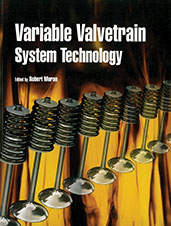Technical Paper
The OBD System Development Database - a Solution for Knowledge Management and Tool Supported Control System Design and Calibration
2014-04-01
2014-01-1171
The correct information about legal demands of the On-Board-Diagnostic (OBD) system in a vehicle project is required throughout the entire development process. Usually, the main obstacle in succeeding is to provide the company's expertise of some few experts for all employees who work in OBD related projects. The paper describes the AVL solution for knowledge management and tool supported control system design and calibration: OBD System Development Database. The software enables the user to access the regulatory requirements for a specific application and legislation from past, present and future (proposed rule-making) point of view. Information concerning already available and stored monitoring concepts is linked to the requirements in order to re-use potentially suitable concepts and to enable an efficient knowledge exchange within the company.

